|
Last week in my post about summer break, I emphasized that school does not have a monopoly on learning. Summer can be all about the best kind of learning. The kind of learning that expands the mind. The kind of learning that leads to interesting places and people. The kind of learning I hope Logan will continue with for the rest of his life. There are two parts of our summer bucket list this year. I want to visit some interesting places and try some fun things with Logan, but I also want to work organizing some areas in the house, improving math skills, and strengthening language skills. When considering academic work over summer break, I like to think of it as bonus time. We had too much homework for me to add on more during the school year so summer is the perfect time to learn a few things that will help with next year. I also want to play some fun games that teach as we play such as the periodic table battleship and the Pringles ring. The second part of the list is all about the go. I'm currently obsessed with my National Park Passport book and I want to collect several stamps available in our area. Detroit is part of the Motor Cities National Historic Area so several museums offer the National Park Passport stamp. On the list below, the areas with the available stamp have the green letters next to them identifying what they are. (Key below). Will we make it to all these places? Absolutely not, but we will have fun trying and often we get to them during days off school and weekends. Without further ado, here is the Gies 2019 Summer Bucket List. Visit Niagara Falls Visit Theodore Roosevelt Inaugural NHS Take piano lessons Visit Whiting Forest Clean out guest room closet Visit River Raisin NBP Visit Derek Study Men and Women in the Word with She/He Reads Truth Learn about the law of diminishing returns with ice cream Visit Cranbrook Gardens Go to a baseball game Make milkshakes Host a class party Day camp at the Henry Ford Visit Stahls Automotive Foundation NHA Ride bikes to downtown Rochester Family game night Pick Blueberries Visit the Edsel Ford House and Gardens NHA Play the license plate game Visit Cambridge Junction Historic State Park NHA Build an egg drop Visit the Detroit Zoo Read and complete Big Life Journal Visit the Toledo Zoo with Fougeres Watch fireworks Family movie night Visit Caseville Star gaze Memorize the definitions for the parts of speech Visit Sleeping Bear Sand Dunes NL Jackson Pollock Painting Visit Yankee Air Museum NHA Play periodic table battleship Visit the GM Renaissance Center NHA Build a LEGO fortress Visit Meadowbrook Hall NHA Visit Michigan Military Technical & Historical Society NHA Make a Pringles Ring Nerf Games Plant giant sunflowers Read a biography of Bob Ross Finish London puzzle Visit the Detroit Historical Museum NHA Finish toy puzzle Visit the Detroit Institute of Arts NHA Memorize times tables Read Treasure Island
We're ready to grow and go! NHA - National Historic Area, NBP - National Battlefield Park, NHS - National Historic Site, NL - National Lakeshore
0 Comments
Are you excited about summer break being right around the corner? I am. (Notice my excessive use of exclamation points.) I love summer. I'm not just talking about the season itself, although I do love that - I'm talking about the long break from school. Summer is time to take a break from school. Summer is not the time to take a break from learning. Summer is the perfect time to learn without the pressure of tests and the responsibility of homework. It's the perfect time to visit museums and parks. These experiences are extremely important because by exploring and experiencing, children lay the groundwork for their classroom experience. Here’s an example. At some point in their science education, your child will learn about the life cycle of a frog. I remember learning about this as a student, but I didn’t have to memorize it as a student. Why? Because there was a ditch in the front yard of the house I grew up in. Every year frogs would lay eggs. Once the tadpoles emerged we would scoop them into buckets and check their progress. It was play. Gloriously messy, sometimes muddy play. But then when I got to science class the life cycle was something I knew. I had watched. I had observed. The teacher had new information that I didn’t already know, but she had a shelf to place new information onto. My existing knowledge allowed my understanding to be deeper and more lasting than the student who had never seen a tadpole. Often our school system becomes adversarial. Students work hard NOT to learn the information the teachers are tasked with the responsibility of forcing the materials into them. This push back doesn’t usually happen until middle and high school, but the mindset begins as early as elementary. We make a critical mistake when we equate school with learning. Why? School does not have a monopoly on learning. It CANNOT have a monopoly on learning. This is NOT to say that students don't learn in school but when we limit learning to school we limit our children’s mindset and limit their growth. Learning should be a lifelong pursuit. Adults calling themselves a life long learner has become popular. Why can't we let kids embrace that too? Oddly enough when I say stuff like this is it is usually the adults who tell me that kids don't want to learn, NOT their kids. This disturbs me. Learning is awesome. It is fun. It is something that the mind embraces and takes pleasure in. The brain releases a dopamine response when a new fact snaps into place. (Imagine that feeling when a puzzle piece clicks into place.) When your brain has an “ah-ha” moment your brain releases pleasure hormones. When kids make a connection between something they learned in school and something they already know, their brain releases a “reward” for their effort. Not interested in "teaching" your children this summer? Afraid that you will get stuck or not know what to say? Here’s an example of the type of learning and teaching I am talking about. Many kids have had the experience of trying to connect toy trains. Sometimes the trains won’t connect. They may get frustrated, but they usually figure out that the key to success is to turn the train around. It works! Cool now they can play. When they get to science class and learn that magnets have a north and south pole and connect it with their memory, their brain rewards them for that connection. Those students who have been trained to recognize the moment a connection happens can gain an even greater response. Training to recognize this is as simple as noting when it happens and cheering. Older students who are interested in Greek Mythology will love making connections about their secular reading and the experience of Paul in the book of Acts. Read Acts 17:16-34 (Paul’s sermon from the Aeropagus.) Those Paul is speaking to believe in and worship the gods we read about in stories. In verses 24-25 Paul makes specific reference to the stories of mythology. “The God who made the world and everything in it is the Lord of heaven and earth and does not live in temples built by human hands. And he is not served by human hands, as if he needed anything.” The Greek gods constantly needed help from heroes who were demi-gods. Without Heracles, Jason, and Theseus the gods would be in desperate straights. Paul is remarking that the one Creator God who is over ALL, not just the wind, seas, seasons, medicine, etc., doesn’t need human heroes to save him. He is omnipotent. When students connect these two things (the Bible and Greek mythology) they get very excited and the discussion is usually a lively one. Even students who say they “hate” learning take pleasure in learning about things that they are interested in. Summer and other breaks from school are the perfect time to leisurely explore their own pursuits. I recommend exposure to a wide range of activities that will eventually coincide with their classroom learning. Some areas are richer in learning opportunities than others. I have been working on my Southeastern Michigan page and hope to add several more places this summer. Check it out and comment with places you would add. There is no way that you will be able to experience everything that your child is going to be learning about, but you can participate in a variety of things that will set them up for future success. Next week I will release our full summer bucket list. We are planning on visiting several places that are recognized by the National Park Service as the Motor Cities National Heritage Area as well as River Raisin, a National Historic Battlefield. (All within an hour or so of our house.) Subscribe using the form below to follow our adventures and learn more about fun activities that will help your child's summer be both fun and constructive. A Note About Video Games: Learning isn’t the only way to receive a dopamine response from the brain. Video games flood the brain with a dopamine response, but rarely are real skills gained and often the cost/benefit ratio is out of proportion. Alarmists love to report that kids are addicted and scare parents with statistics about the dangers of gaming. This sells stories and gets people to click, but it isn’t necessarily true. Video games aren’t all bad and can be a good way for families to have fun together (Wii) or kids to learn about the challenges of running a city (Sim City). Think of it this way - taking the family out for ice cream can be a fun way to bond and have fun. It’s a good thing. Eating ice cream for breakfast, lunch, and dinner is excessive and detrimental to your health.
Well, that's a bold title. Yes, this somewhat nervous adult who as a child wouldn't talk to anyone is asserting that our thoughts about stranger danger should be re-evaluated. Is it true that there are dangerous people out there who you want to keep from interacting with your children? Absolutely! Is keeping them from talking to anyone the answer? Absolutely not! Let me first tell you about me as a child. I was confident with my family but get me out with strangers and I would clam up, make a sour face, and hide behind my parents. Sometimes there was an audible grunt as I swished behind my mother's skirts in an effort to avoid people. My mother found this behavior unacceptable for obvious reasons. Most of these people were strangers to me but known to her. They were other church members, neighbors, and extended family who wanted to greet me. One of the many things I appreciate about my mother is that she listened to me and tried to understand me, so in this instance, she asked me with a sincere desire to understand, "Why do you act like this when people talk to you?" I explained that I didn't know what to say. Seeing a solvable problem my mom hatched a plan. She explained that most adults who wanted to talk to me were only being polite. They weren't expecting a deep discussion or anything other than just a polite response. The next step in her plan was to give me a script and role-play with me. The script was made up of the most common things peolpe said to me. She went over the conversation with me then we role played. Mom acting as stranger: "Hi!" Me: "Hi." Mom acting as stranger: "What's your name?" Me: "Edy." Mom acting as stranger: "How old are you?" Me: Four Mom acting as stranger: "That's a pretty dress you're wearing." Me: "Thanks." By that point, the adult had usually ended the conversation with me and was back talking to my parents. She taught me the importance of talking loudly enough to be heard and looking at people. We read the Richard Scarry manners book which states, "Good manners make a person nice to know. " So how does this apply today? How did it change how I raised Logan? Well, I should first point out that Logan is very outgoing and has been since he was little, but that doesn't mean he always knows what to do. We've always encouraged him to order for himself, ask a store employee where something is located, or greet neighbors. We believed that talking to strangers is important because it put Logan out of his comfort zone. How is this person going to react? What do I say? After watching him in action we have see it build confidence because when work happens outside our comfort zone, growth takes place. Okay, okay - reign it in, Edy. What about safety? What about Stranger Danger? Talking with your kids about strangers and teaching them how to interact in the world is the safest course of action you can take. Let's look back at that conversation practice with my mom. The conversations we rehearsed for always took place with her nearby. I knew that she knew the person and that their main focus was not on me. If there was someone who was creepy or I found to be disturbing in some way, I would avoid them and she wouldn't make me interact with them. She didn't make me sit on people's laps or go with people I was scared of. The interactions we rehearsed helped me be safe. It also helped me learn to read people and their interest in what I have to say. There was also an incident where our practice helped the whole family. One evening we were driving to Windsor, Canada for dinner at one of our favorite places. There had been several kidnapping cases recently so the border guards were particularly tough that night. They looked at me sitting in the front seat between my parents (this was totally legal in the 80s) and asked, "Little Girl, are these your parents?" My parents prayed that I wouldn't give my nervous stock answer to a question that wasn't on the script - a whiny, "I don't knooooooow." Fortunately for all of us, I said, "Yes," and we were on our way to dinner. The worst thing you can do for your kids is to scare them with the idea that everyone in the world wants to hurt them. Depending on where you live, 99.9% of the people you will meet will be fine. Scaring them out of interacting with the 99.9% leaves children feeling anxious and alone, something we are seeing exponential increases in among today's children. Training your children how to interact with the good people will train them how to deal with the bad. The following are some ground rules you can lay out. I learned a lot of this from Free-Range Kids: Giving Our Children the Freedom We Had Without Going Nuts with Worry by Lenore Skenazy. I highly recommend this book for all parents.
You can find excellent resources and and research that supports these ideas at letgrow.org. I would love to support you as you work with your child to be confident and connected to their community. Comment below with your thoughts! If you have spent any time with me in the past six months, you will have heard me utter these words (teacher appreciation) at least 410,713 times. #sorrynotsorry I may have already told you this about me, but for the sake of clarification, I should explain that I am the head of my son's school's PTO. It's also the school I graduated from as well as the school I taught at. So I particularly enjoy serving in this capacity because it's exciting to serve the staff, some of whom were my teachers, those whom I attended to school with, and even those whom I taught.
This coming week (May 6-10) is national Teacher Appreciation Week and I want to explain what this week is all about. I served as a teacher of various subjects and ages for twelve years. Those years were some of the most rewarding yet exhausting of my entire life. Teaching isn't something I went into for the money or career potential. Teaching is a calling that I, along with many men and women find rewarding. Watching students experience that "ah ha" moment was the most exciting part of my job. I would spend countless nights creating lesson plans, buying supplies, and crafting a classroom dynamic which would all seem worth it when a student went, "Oh! I get it! That's so cool!" Many teachers love their jobs and the "ah ha" moments are special, but all that work can lead to burn out. We are seeing significant burnout, particularly among new teachers. According to a 2014 study, 41% of teachers leave the profession after the first five years. Corporations run on billion dollar budgets while schools bicker over petty cash. In one preschool I worked in I had to defend my crayon usage to the director because of cost savings. Read that again. I had to defend my crayon usage. For three-year-olds. Who liked to color. Many teachers get tired of this nonsense and leave. Others can't provide for themselves on the salary offered due to student loans (all those increased needs for certification cost tens of thousands of dollars) and cost of living increases. Also, teachers purchase many of their classroom supplies. Look around your child's classroom. Chances are that the posters hanging all over the walls, the fun, and fancy post-it-notes the students receive notes on, the colored dry-erase markers to help explain concepts, and the books in their classroom library have all been purchased by their teacher. The average spends $500 per year on school supplies. Okay, those last couple of paragraphs were bleak. I apologize, but you must know the group you are talking about when I am making a case for really demonstrating appreciation. So how can you help? You can't fix the educational system by yourself, but you can help by celebrating the teachers around you. Search for "teacher appreciation ideas" on Pinterest and you will be overwhelmed with suggestions. Each teacher is different, but I would like to offer a few suggestions from a teacher's perspective on how to demonstrate thankfulness for your child's teachers. The following are some suggestions for things to do or gifts to give to teachers:
|
"A jack of all trades is a master of none, but oftentimes better than a master of one." Archives
May 2020
Categories
All
|
||||||||||||
AdventuresGet in Touch |
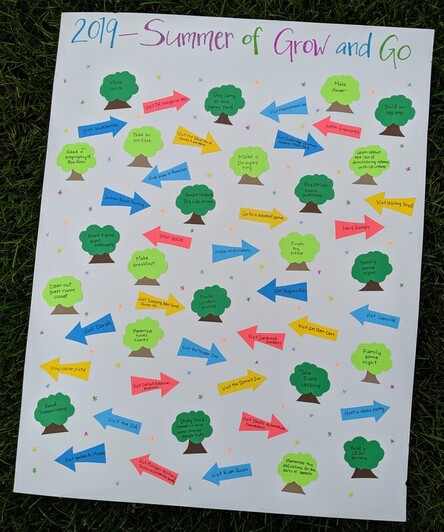
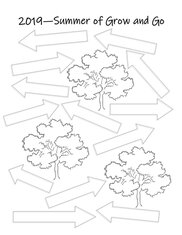


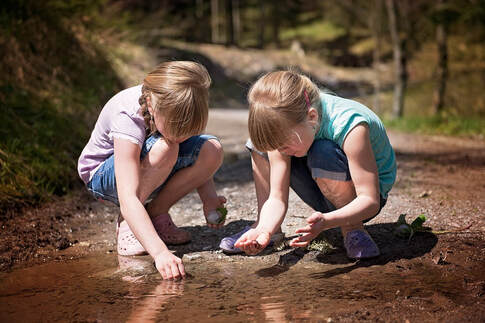
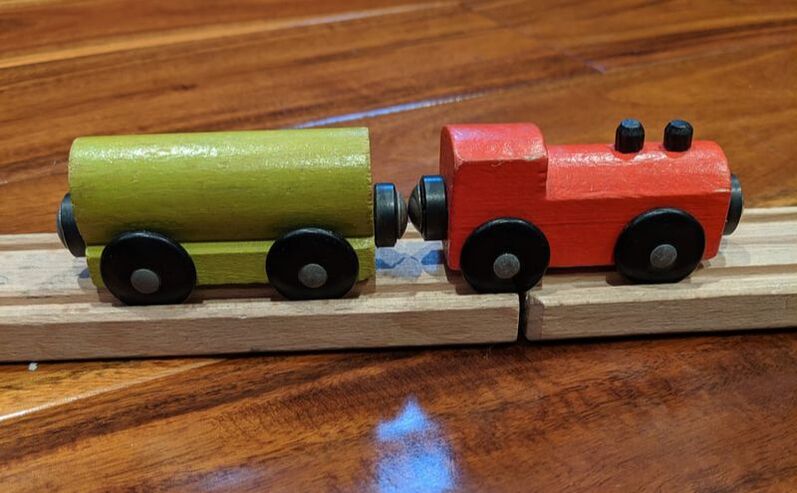
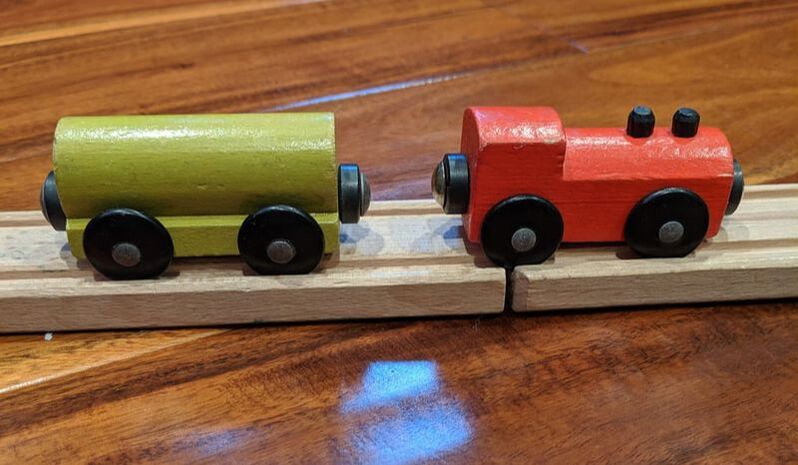


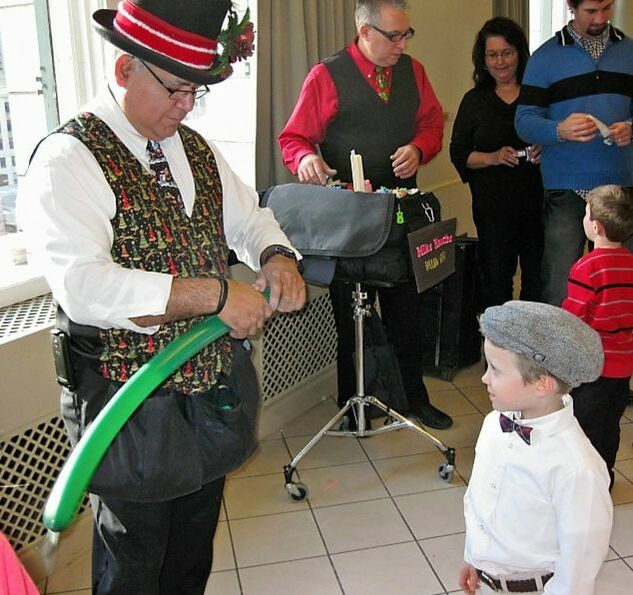
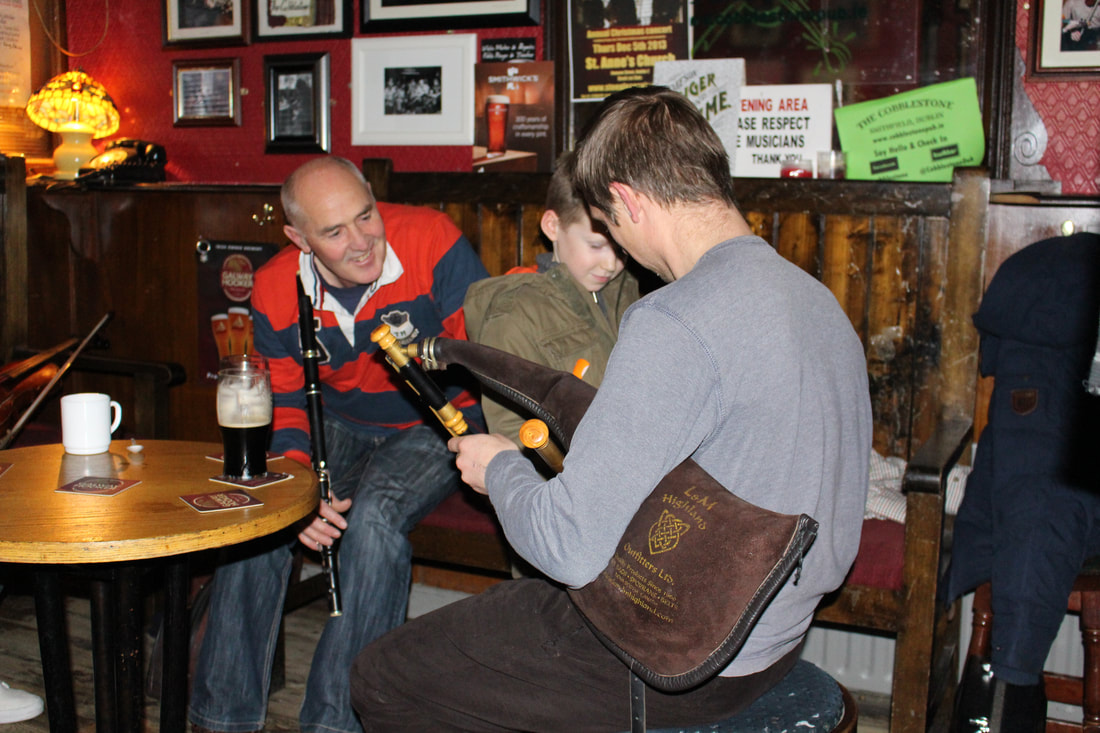

 RSS Feed
RSS Feed